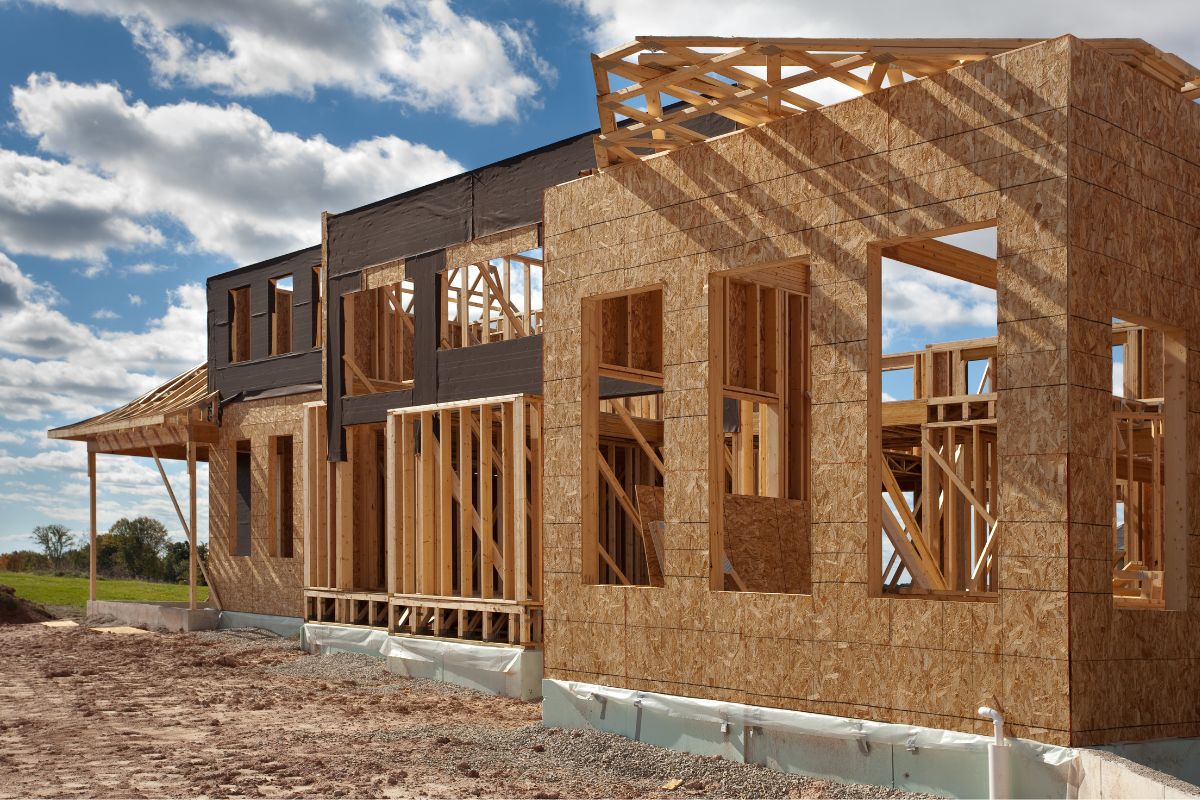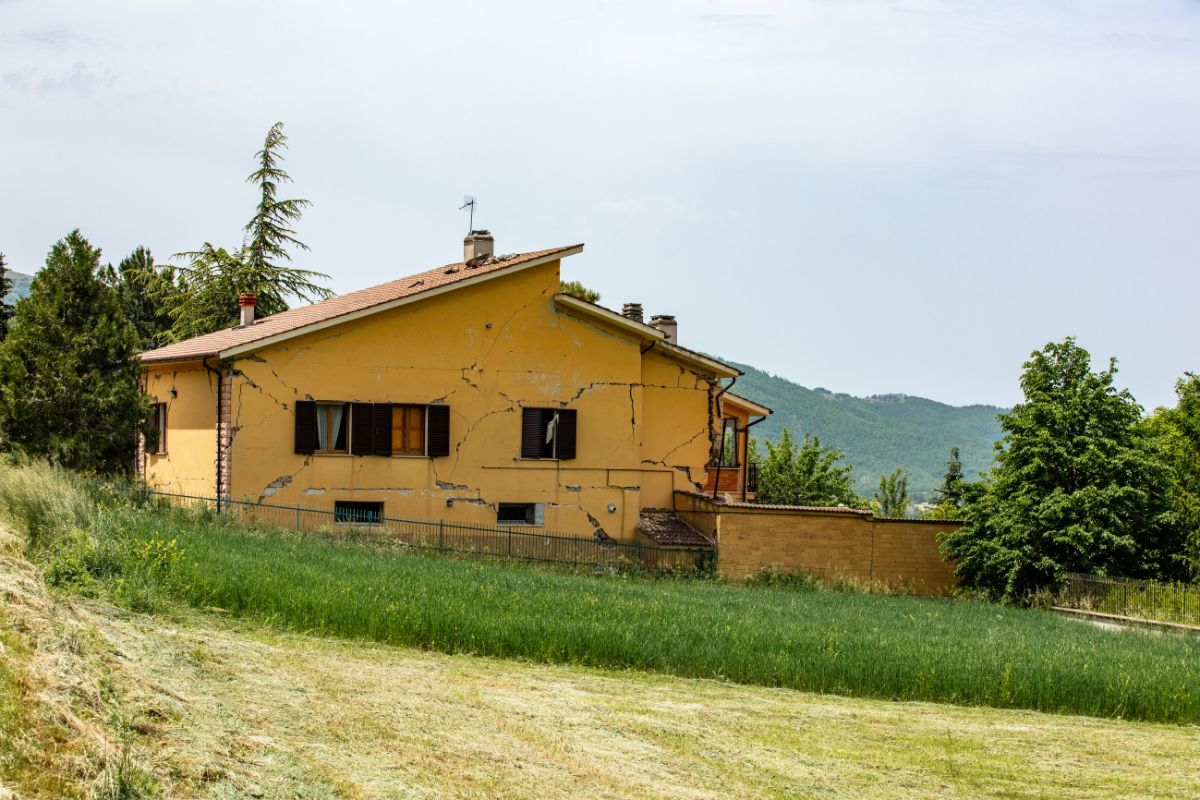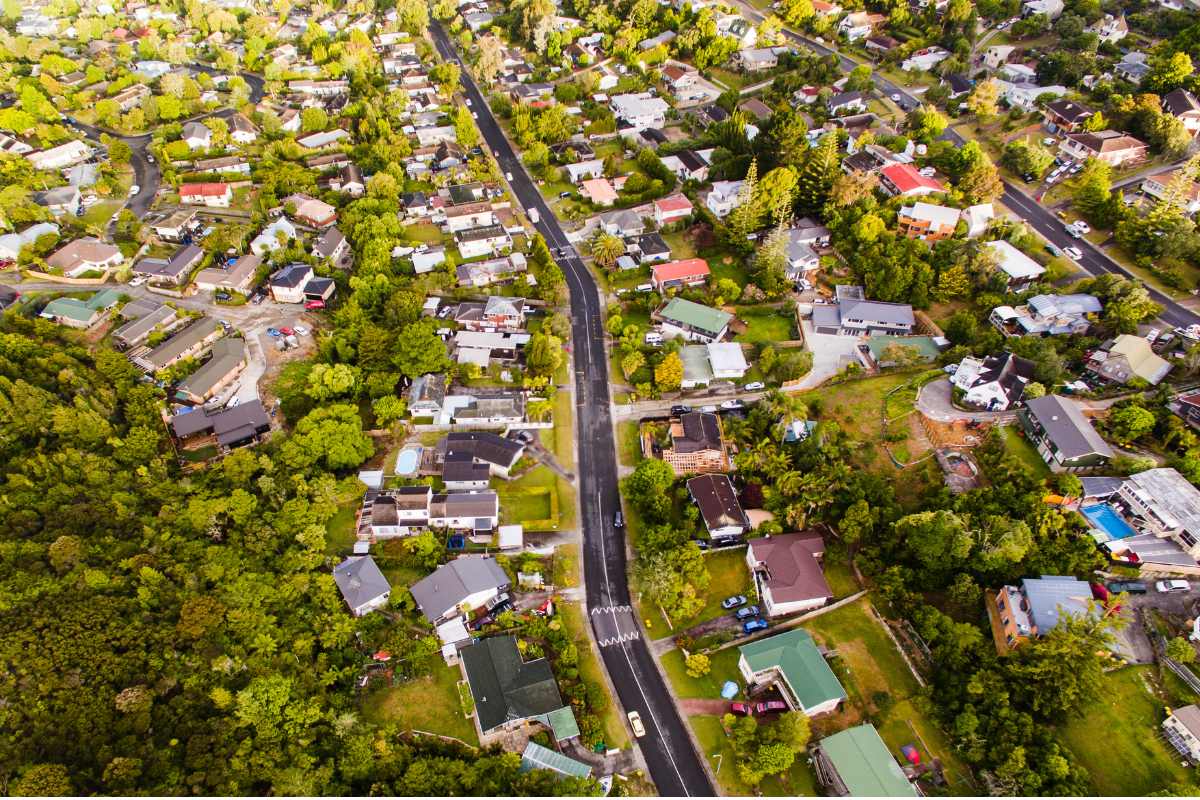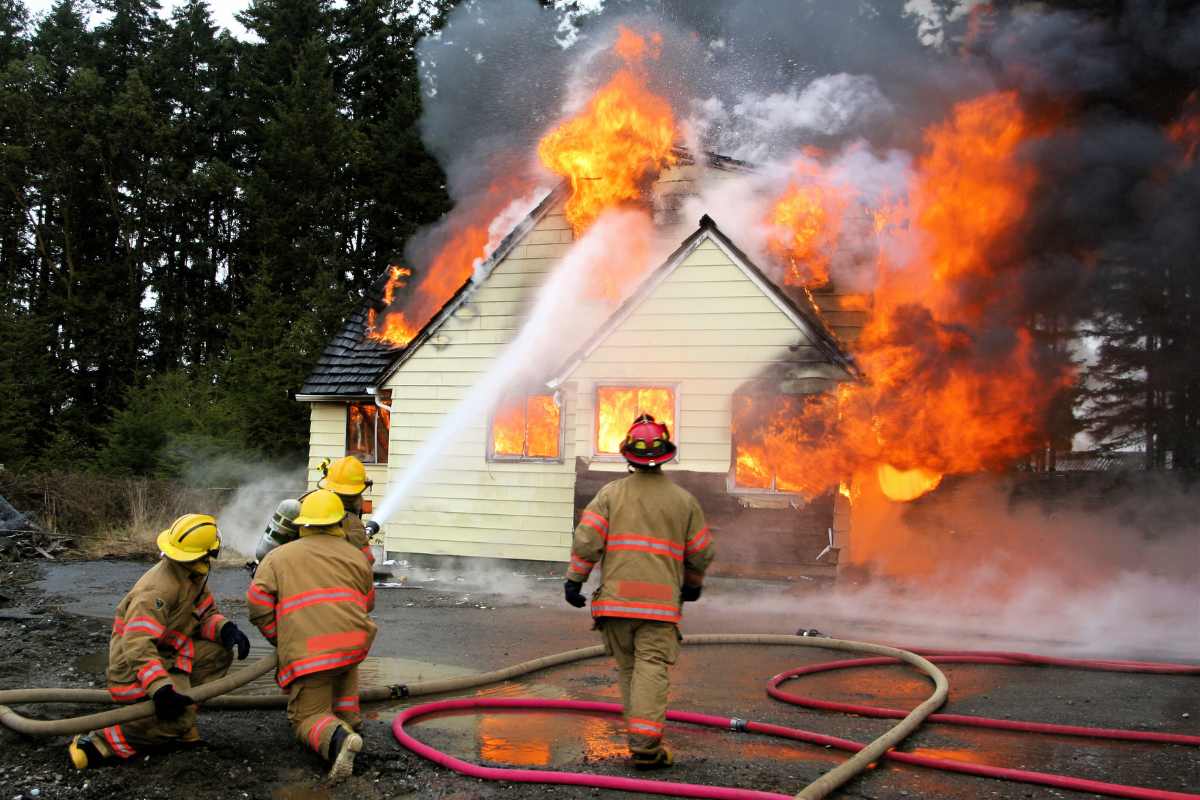Structural Damage from Weather
In case of property damage caused by natural disasters or severe weather events, follow these essential steps to minimise further loss and ensure proper assessment and repairs. Contact Proconsult for prompt support and insurance reports to help mitigate damage. Seek professional assistance and consult local regulations to ensure the safety and compliance of repairs.
Weather events during the past months have severely impacted housing stock in New Zealand.
Many properties have suffered damage from Civil Defence emergencies related to floods, landslides, gale force winds, cyclones and torrential rain, particularly in Northland, Auckland, Bay of Plenty, Coromandel and Hawkes Bay regions.
One estimate put the number of houses needing assessment in Auckland at 5000 as of the 9th of February, 2023. Many homes were affected by a process we hadn’t seen much prior – red and yellow stickering.
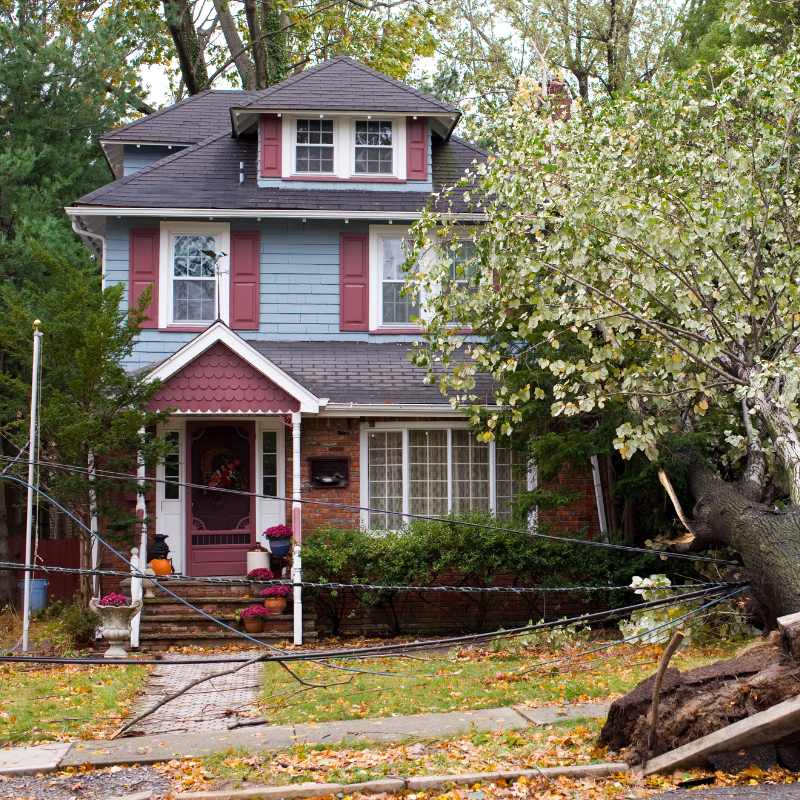
What To Do if Your House is Red Stickered
Red (severe damage) means no access – homeowners are not allowed to enter and are forced to take up residence elsewhere.
What Does the Yellow Sticker Mean on a House in Auckland?
Yellow (moderate) means that only parts of the property can be lived in or can be accessed only to remove belongings. White stickers, the third tier in this process, allow for the house to be lived in but suggest there could be underlying problems.
Conservative action when applying stickers
Council inspectors may move fast during a significant event, erring on the side of caution when issuing stickers for obvious reasons and then conducting peer reviews later.
Stickers are a legal instruction which is not negotiable and cannot be removed by the homeowner or resident.
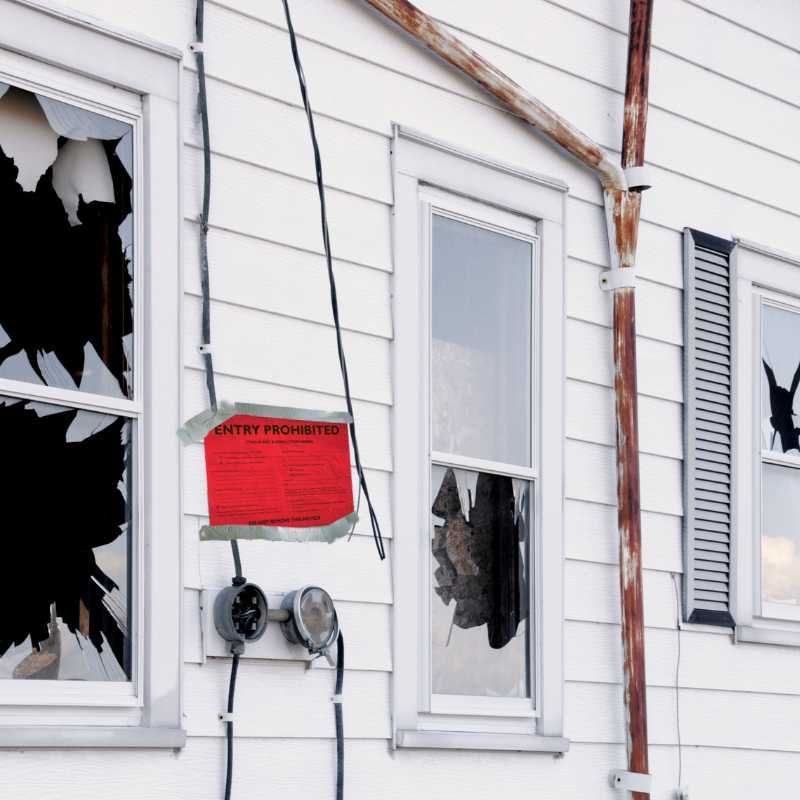
What Do I Do If My House is Damaged by Bad Weather?
Loss of internet connectivity, roads closed, washed away or flooded, and pressure on all services may compound the problems and will mean lots of stress for any homeowner in this situation. During the most recent events, the advice included the following:
- Taking photos of property damage.
- Only attempting repairs yourself with advice.
- Contacting your insurance company.
Some types of damage that occured included slips undermining foundations, water ingress, silt ingress, salt tide spray, high tides and wave damage, roof damage from high winds, piles shifting, undermining of piles and build-up of silt around piles leaving too little clearance to floors. Some of these can lead to permanent damage, such as salt depositing and changing the nature of building materials.
Proconsult is called out regularly to assess buildings, and this is something we can do at short notice in emergencies. We provide reports for insurance purposes which can help to mitigate damage and loss. Insurance reports are usually paid for or reimbursed by the insurance company. You’ll probably be asked to get a qualified tradesperson or chartered professional engineer to report to Council and your insurer. Once repairs are completed, you can then make a request to the local Council that the sticker be removed.
Some work can be carried out as emergency repairs without building consent, where a building needs to be stabilised, but in most cases, building consent is required.

Author: Stewart Hobbs - Principal Engineer at ProConsult
Stewart is the journal editor for SESOC (Structural Engineering Society New Zealand (Inc.)

